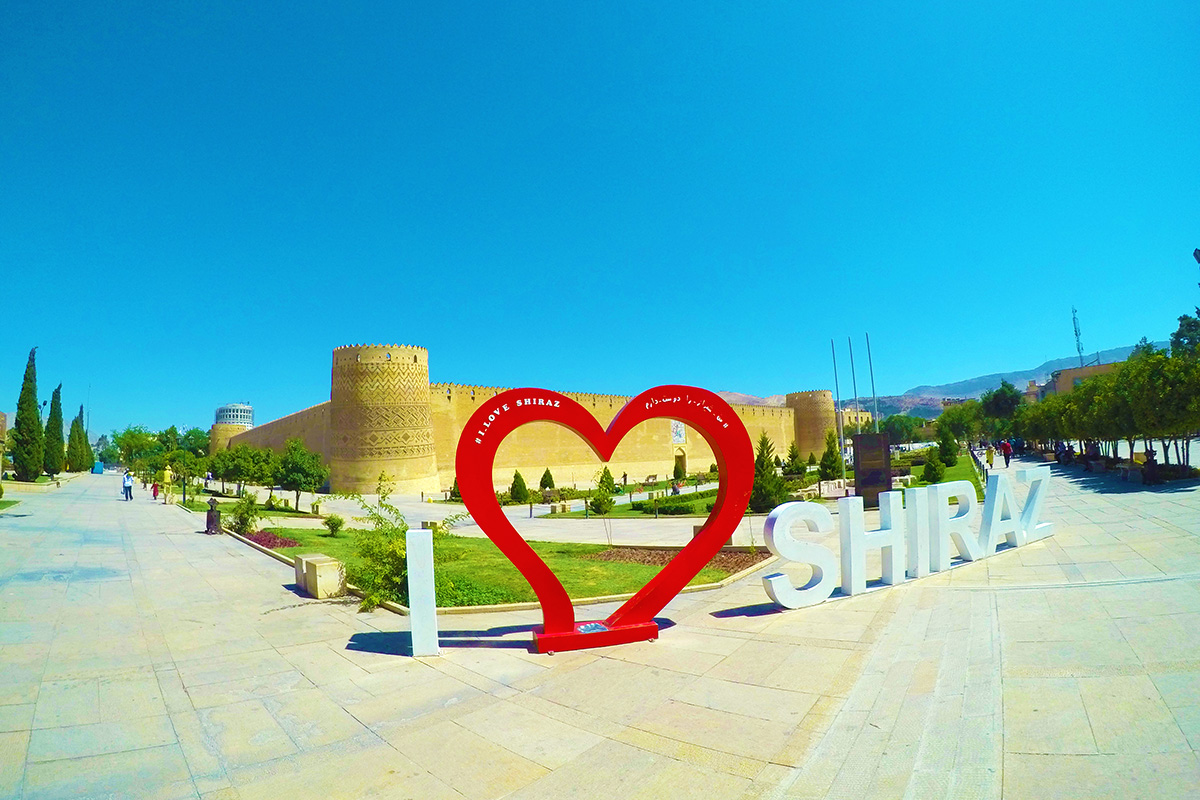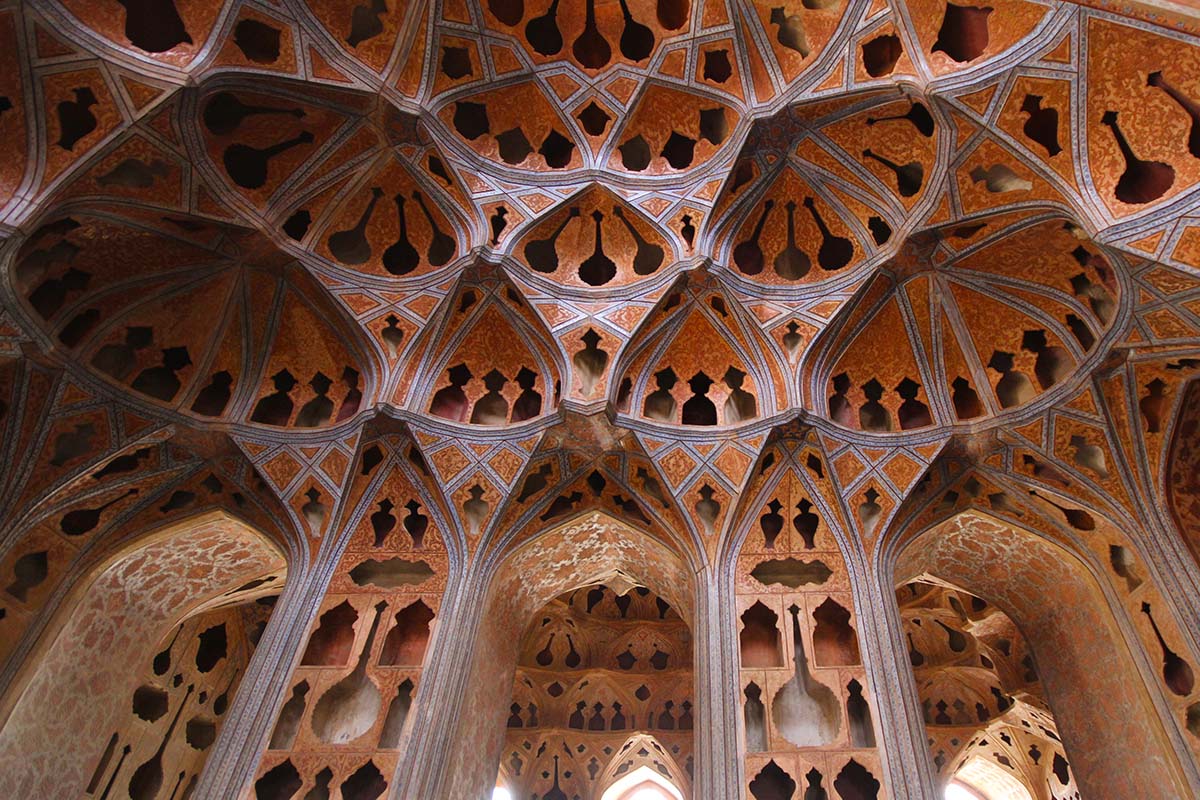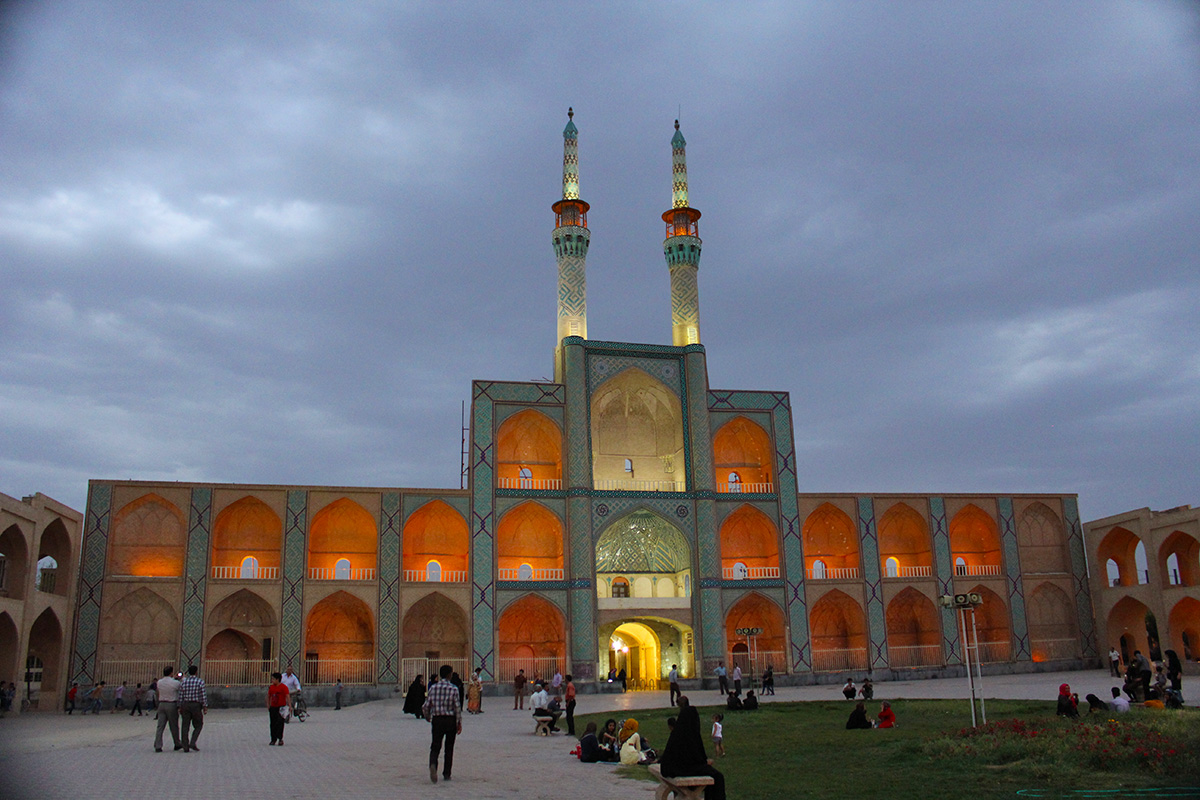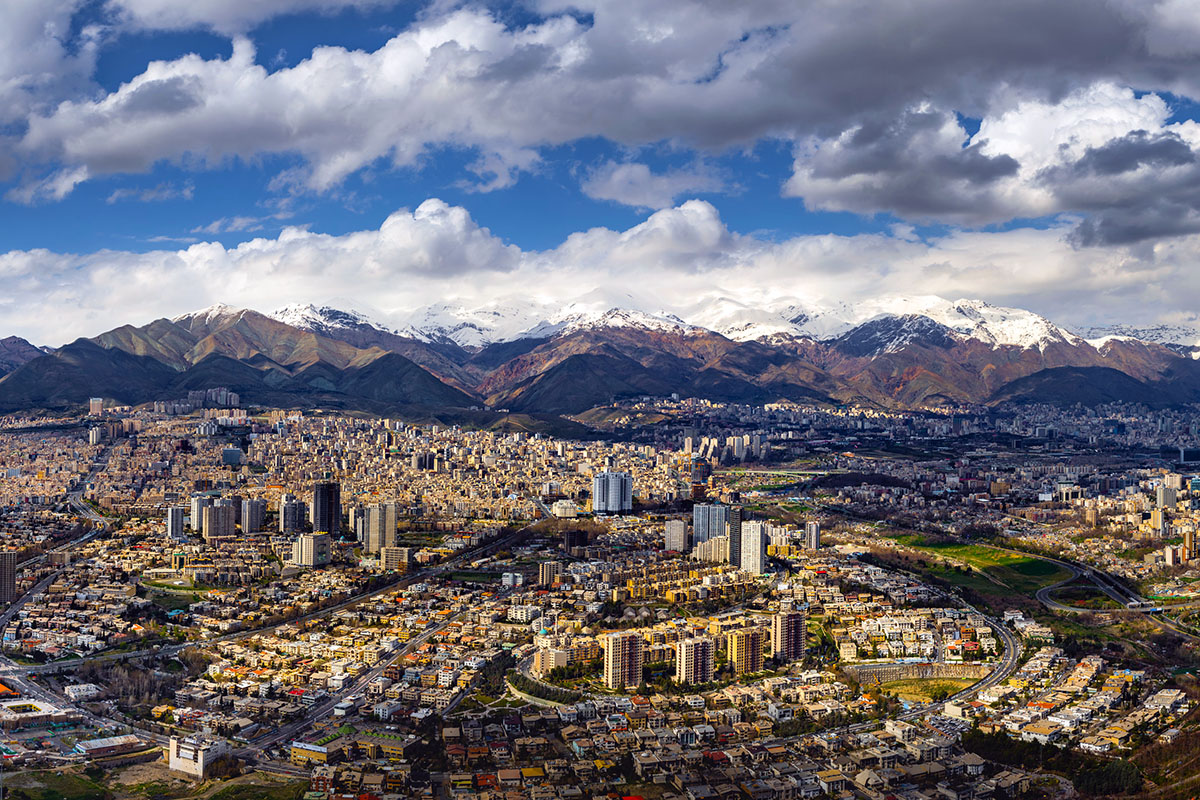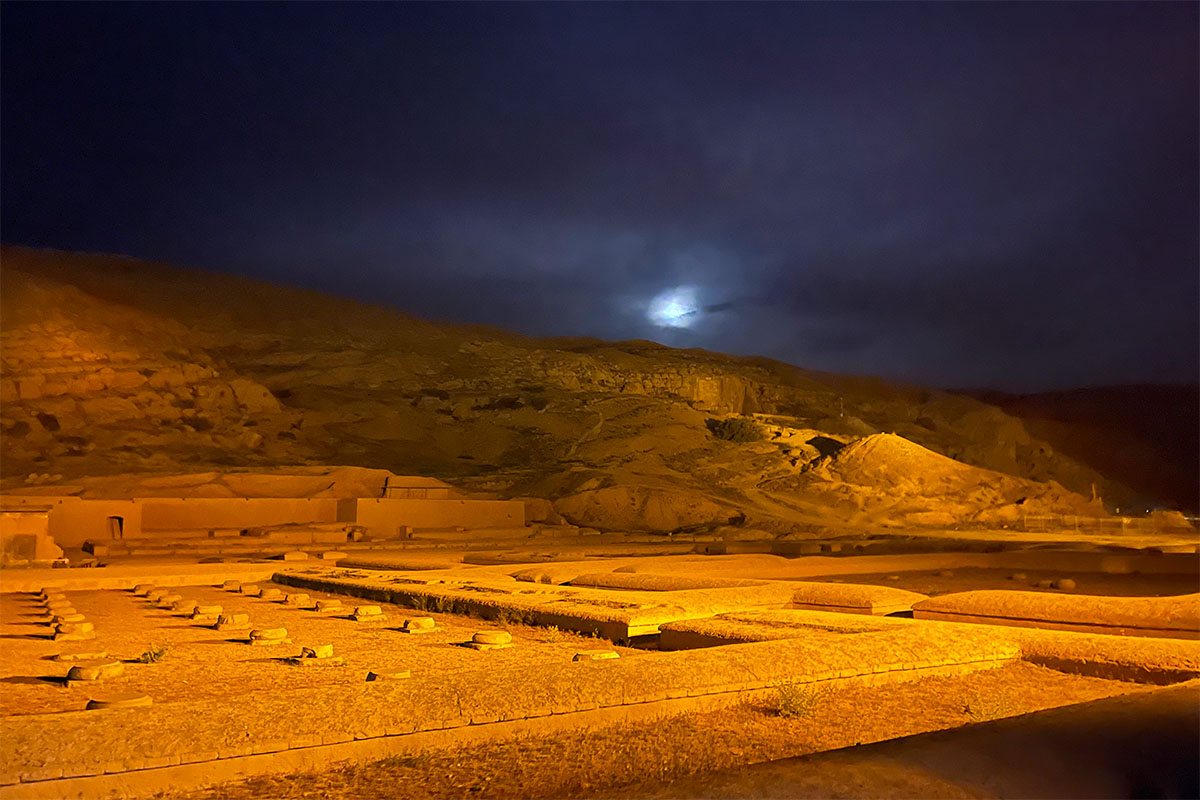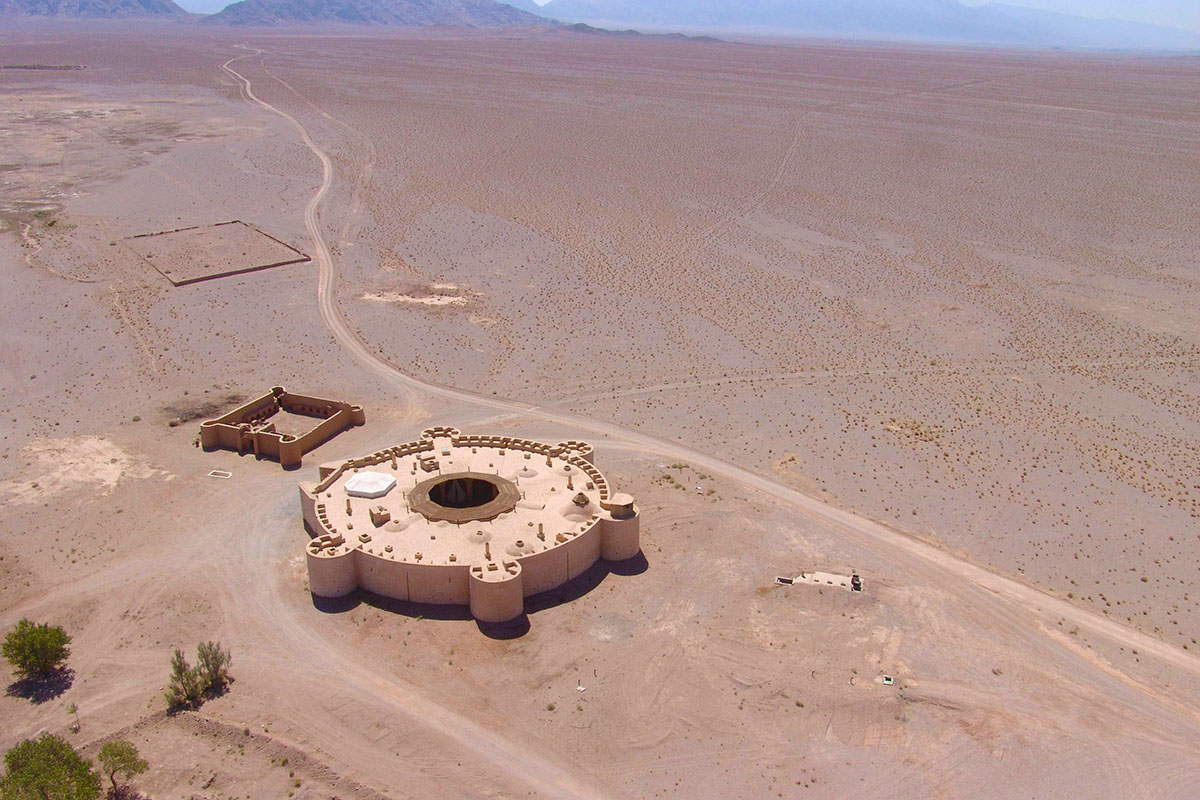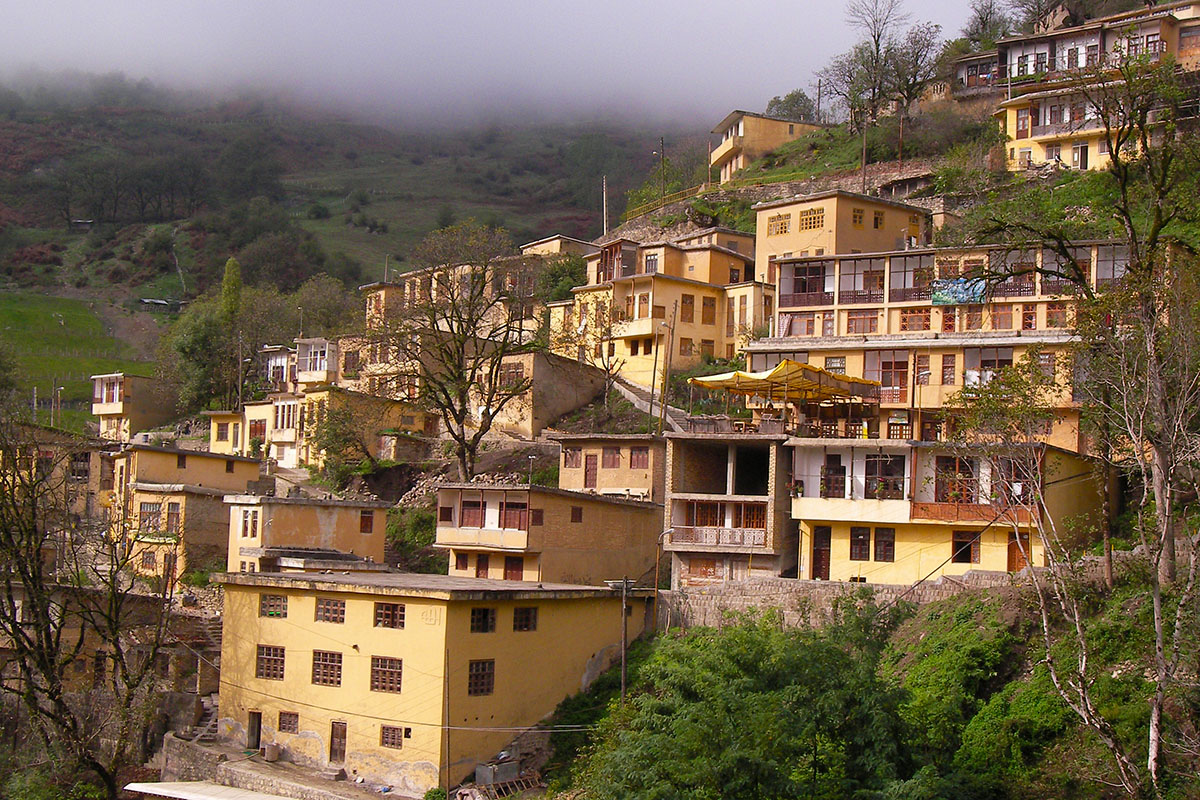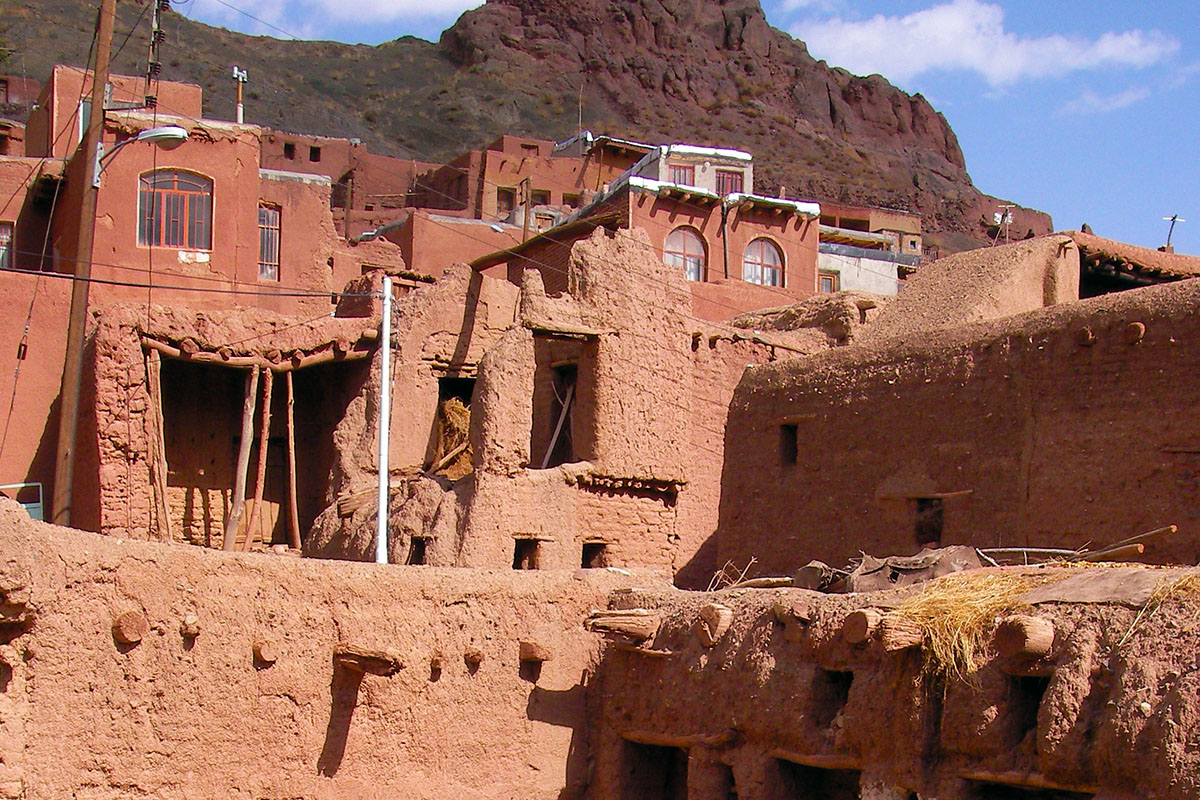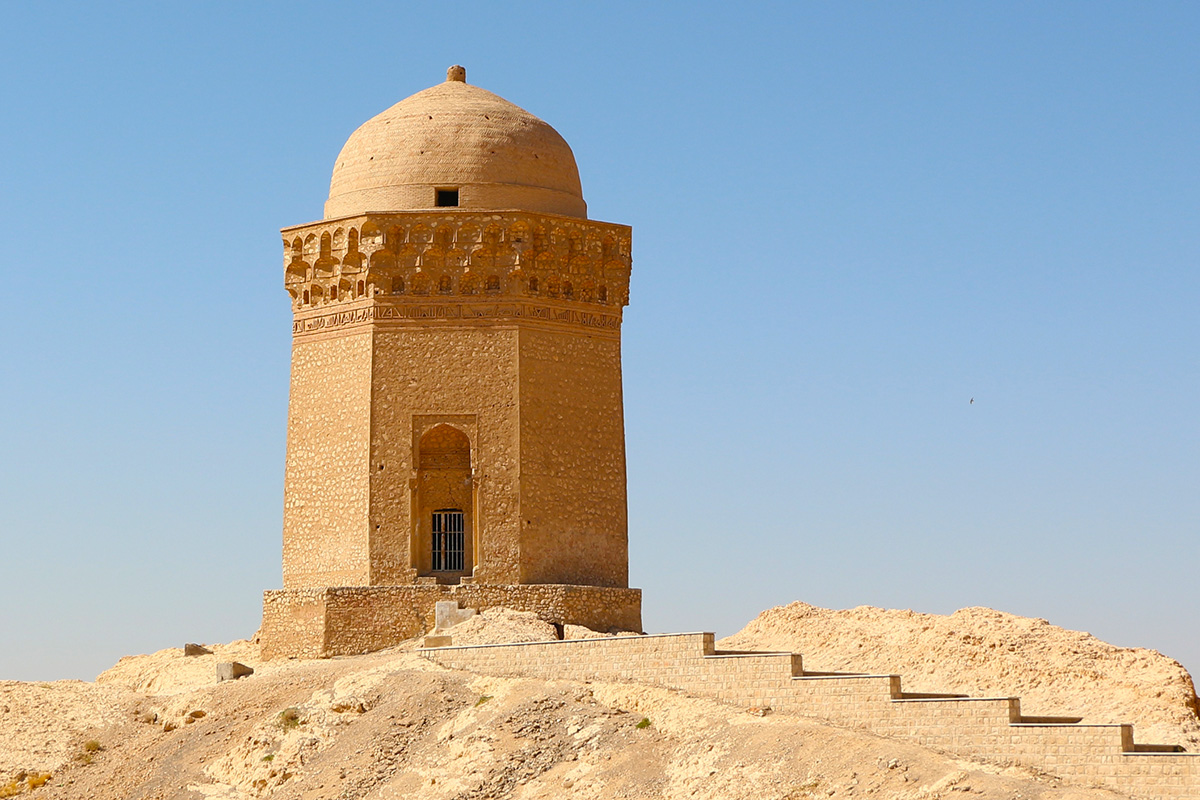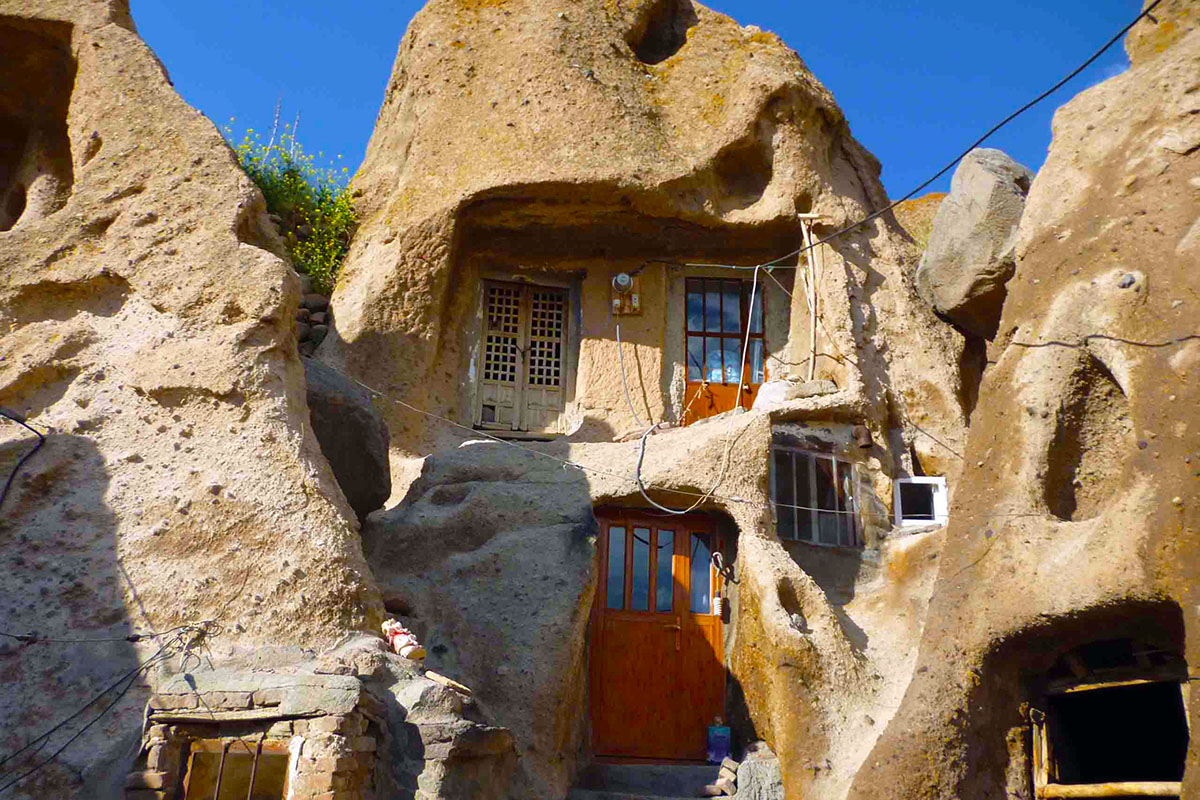Zanjan is the capital of Zanjan province and one of the largest cities in the northwest of Iran. It is considered as the nineteenth city of Iran in terms of population and has an area of about 81 square kilometers. The word of Zanjan is the Arabic form of Zangan and even its people still use Zangan pronunciation. This city is located in the valleys of Zanjanchay and has an elevation of 1663 m. There are different theories provided by researchers and writers regarding the appellation of the city. The oldest name that refers to this area is Zandigan meaning people following the sacred book of Zand (the most famous book of the Sassanid and Zoroastrian religion) Gan is also of the Persian suffixes, added to the name of this region in the Sassanid period. It is said the construction of this city dates back to the time of Artaxerxes I. The objects obtained from different regions of this province indicate that human communities lived in this area about thirty thousand years ago and there was Iran’s ancient flourished civilization in this region in the third, second and first millennium. The discovered objects show the relationship of this region with the civilizations of Damqan, Kashan and other areas. The cave of Galijak in the mountains overlooking the village of Haj Arash has been the shelter of human in the pre-historic era and in this cave, there are traces of human life (most ancient Paleolithic stone tools) belonging to about 16 to 30 thousand years ago and it is one of the areas that can be invoked for the province's history. Zanjan is confined from the north to provinces of Ardabil & Gilan, from the east to Qazvin Province, from the south to the province of Hamedan and from the west and southwest to Provinces of Kurdistan, East and West Azerbaijan. It is regarded as a province which is in the neighborhood with seven provinces of Iran. The tourism attractions of Zanjan Province are scattered all over of that but famous tourist attractions of the province are in Zanjan & Abhar.
History
During Achaemenid period, there was civilization in Zanjan but there is no more information about the historical events in this region and the history of this period is somehow ambiguous. After the reign of Alexander the Great and his successors (the Seleucids) Parthian obtained the kingdom and ruled over Iran for more than 470 years. The Parthians had the longest reign in the history of Iran. During this period, Culture and civilization in the valleys of Zanjan River and Qezel Ozan has been of great prosperity. According to the narratives, Artaxerxes I built this city. During the Sasanian period, this area was of great prosperity and there were various temples, in this period, Abhar city was also built by Shapur. The historical city of Zanjan showed great resistance against the Islamic army during Arab invasion. Ilkhans chose Soltaniyeh, in the east of the province of Zanjan, as their capital and made attempt in the prosperity of the region. As much as they made efforts in the development of Soltaniyeh, they neglected in the development of other cities and regions to the same extent and gradually the surrounding area of Soltaniyeh, especially the city of Zanjan was destroyed due to the neglect of rulers. Following the downfall of Ilkhanid, Zanjan, again found relative peace and prosperity and once more Soltaniyeh and neighboring areas found depression and lethargy. Tamerlane intrigue in the ninth century influenced Zanjan once again and this city was almost destroyed and its symptoms of prosperity disappeared during this time. The intensity of the destruction and poverty in this period was to the extent that little survival was seen only on the hills. During Safavid dynasty, the major reasons for the development of Zanjan was the efforts of the Safavid leaders to develop all areas of Iran, build caravanserais and secure the roads. This province was of relative prosperity during Qajar period due to its importance in terms of transportation and currently it is a prosperous region which plays an important role in various economic and transportation areas.
Language
The language of the people of Zanjan, was Persian during the Parthian, Sassanid and Islamic period. After the settlement of Turkish tribes in Zanjan and immigration of Azeri Turks to this land, a mixture of Turkish, Azeri Turkish and Persian language was formed in this region. Now most people in Zanjan speak in the Turkish language which includes many Persian words. More than 90 percent of people in this province Speak in Turkish and about 10 percent speak in Persian.
Climate
Regardless of the local characteristics and longitude, the province of Zanjan has two different climates due to the effects of unevenness and indirect contact with the mass of humid air of east and north.
- Mountainous climate: it includes Gheidar, Zanjan and Abhar with cold winters and mild summer.
- Hot and semi-humid climate: it includes Tarom with hot summers and mild winters. This area has a considerable amount of rainfalls and moisture as well.
According to the data from meteorological stations, the average annual precipitation in this province is 330 to 360 mm. The maximum temperature in the city is about 37 ° C and its minimum reaches to about -17/2. Spring and autumn are relatively short in this province, and the passage from winter to summer and from summer to winter is relatively quick. The cold time starts in early December with successive snow that covers the entire province, especially in the highlands, and often continues until late April. Rainfall occurs mainly in autumn, winter and spring and it is more intensive in spring and winter. The number of dry months of the province is relatively high and takes about 5 to 6 months.
Culture
Marriage
In this area, after primary and final settlement of marriage between the two families, they conclude a contract entitled "Kasmat”, in which the amount of dowry is determined. The wedding ceremony lasts three days. During the day, it is for men and the evening party is for women. Men do wrestling for fun in the weddings. In the second day, the ceremony of Henan is performed, this ceremony is done among lots of Iranian tribes. During the third night, the bride is escorted to the groom's house among the cheering guests.
The ceremony of New Year
Nowruz or in the local language " Bayram ", is the largest and most magnificent celebration in Iran that is held from thousands of years ago , on the first day of the New Year which is the first day of spring . It has special rituals and is held very glorious in the area of Zanjan. The ceremony of New Year, takes about two weeks.
The Ceremony of Hala
The oldest traditional festival in Zanjan province is the celebration of Hala, which is held in the district of Angouran, and is likely to be related to the Zoroastrianism rituals.
This celebration which is held at the beginning of autumn and after the harvest of crops, is a party for men and no woman is allowed to participate in that. This festival is held as a sign of happiness for collecting crops.
Handcrafts:
Knife making: Knife is the most famous craft of Zanjan. Knife makers create small grooves on the blades by means of molds and as the number of these grooves are more, the knife is more valuable. Hardening the blade is quite an experimental way and doesn’t follow certain rules.
Shoemaking: Shoe making is another handcraft done with delicate hands of Zanjan artists. Basically, the shoe industry has made great progress in the eleventh century AH shoemakers‘ shops on both top and down of the market and allocation of various rows to this skill suggest that it was a prosperous profession in the past.
Tapestry: Tapestry is another delicate industry with artistic aspects. This industry is very complex and delicate. The craftsman melts silver and reduces the silver thickness to one centimeter. Tapestry production is widespread in this region and various decorative utensils are made of it .These artifacts are so beautiful that now grace the luxurious homes around the world.
Attractions:
The Bazaar of Zanjan
The construction of bazaar of Zanjan was completed during Aqa Mohammad Khan and at the time of Fathali Shah Mosques, shops and bathrooms were added to it. The old bazaar is in the form of a straight line as the top and down bazaar and is divided into two parts of east and west. Geographical extent of Zanjan Bazaar and diversity of rows, the number of inns and caravansaries, each dedicated to a name and a specific activity in addition to the presence of numerous mosques reflect its dynamics situation in the past. The technical architecture of this bazaar, which is the longest Bazaar in Iran, is stretched from west to east. One can see the decorated styles of Qajar period in its rows, shops, mosques, bathrooms and caravansaries, applied in an elegant way. The bazaar of Zanjan is divided into eight rows regarding the type of activities and production, these rows include, the rows for goldsmiths, shoemakers, drapers, saddlers. From the caravansaries of this collection, the caravansaries of Haj Ali Qoli and Haj Karabalei Ali, played an important role in the supply of goods in the past.
Jame Mosque
This building which is also known as Seyed Mosque is located in Imam Street in the center of the historical texture of Zanjan. It is one of the valuable and historical buildings of Zanjan constructed by its ruler, Abdullah Mirza - grandson of Fath Ali Shah Qajar and it seems that after this date, only minor changes were inserted. The building is intended as a mosque and a school, with a plan of four porches together with entrance area and courtyard. In the past, there was a pool among the courtyard encircled by a flowery and planted garden that was later destroyed due to the unknown reasons. In west and east of these porches, 16 symmetrical rooms are built for the students of religious sciences.
Rakht Shooy Khaneh (Washhouse):
This monument is in the heart of the historical texture of Zanjan and is built based on the old city’s wall, in a densely populated residential area. People washed their clothes in this building. This usage for a public building is unique in the world, it was created for women in Zanjan due to the cold weather in winter. The building's architectural style can be attributed to the late Qajar and early Pahlavi period. The purpose of construction is security and comfort of women in an indoor location. The similarity of the usage is not seen in any part of the country in this way. This building is now a museum in which a variety of costumes, accessories, tools and equipment used by women have been exhibited for public visits.
Sangi (stone) Caravanserai
Sangi Caravanserai is located in the ring way of Mianeh-Zanjan opposite train station. This caravanserai dates back to the Safavid period and at present is used as a traditional restaurant. The plan of this caravanserai is based on four porches. The shops are situated in one floor with arch ceiling. The use of stone as the main material made it to be known as Sangi (Stone) caravanserai. This building is of great significance as the mere monument left from Zanjan’s caravanserais.
Salty Men of Zanjan
This name is given to the six mummies discovered in Chehr Abad salt mine in Zanjan province in winter of 1993 AH. Among them, there were two bodies, one for a woman and the other of a teenager. A number of salt men were severely damaged due to mining work with a bulldozer. In 2008, the mine ceased operation and the body of the sixth salt man was left intact in the mine due to the lack of facilities to maintain it. Among them, 3 bodies date back to the Achaemenid era (400 BC) and two of them belong to the late Sassanid period (400 to 600 BC). The bodies of three of them are kept in Zolfaqari Mansion in Zanjan.
Transportation
BUS
Zanjan bus terminal has several buses to most cities such as Tehran, Isfahan, Mashhad, Shiraz, Ardabil and Hamedan, etc.
Airport
There are several flights from Zanjan to Mashhad. These flights are carried out by the airline of Mahan. Currently Zanjan Airport has only the capability of carrying out flights to Mashhad.
Train
Currently Zanjan is connected to Tehran and Mashhad through railway.
Availability of transportation stations:
- Baggage
Storage service is available
- Wheelchair
Access to bus stations.
Wireless Internet:
WIFI Internet is accessible in the station.

